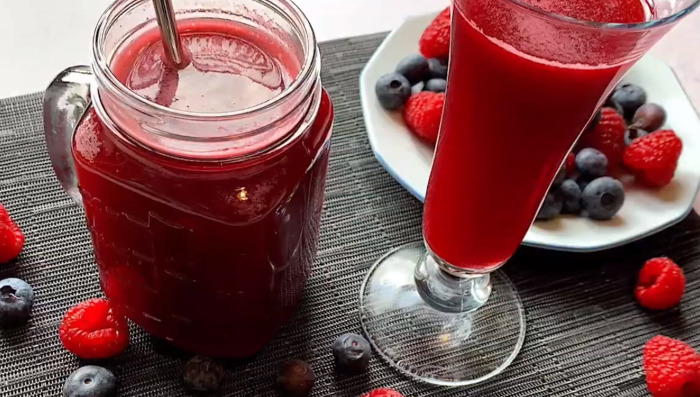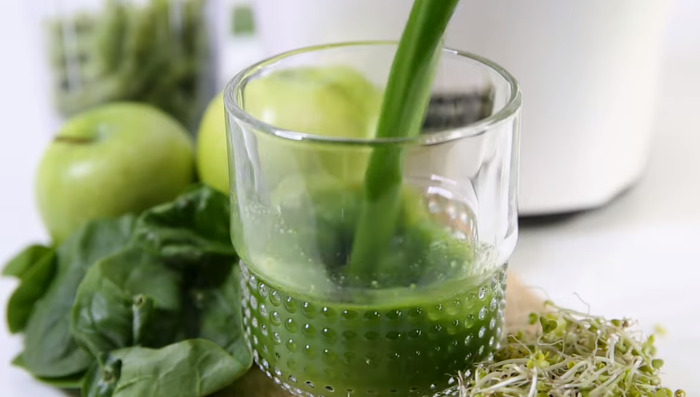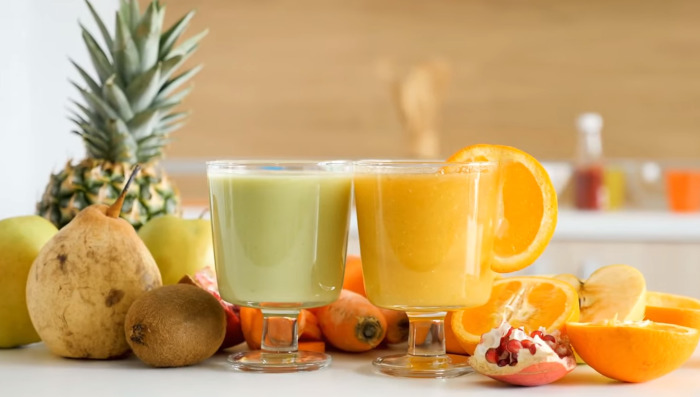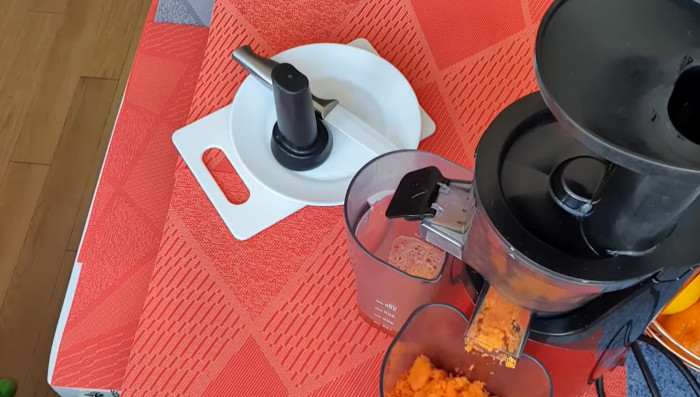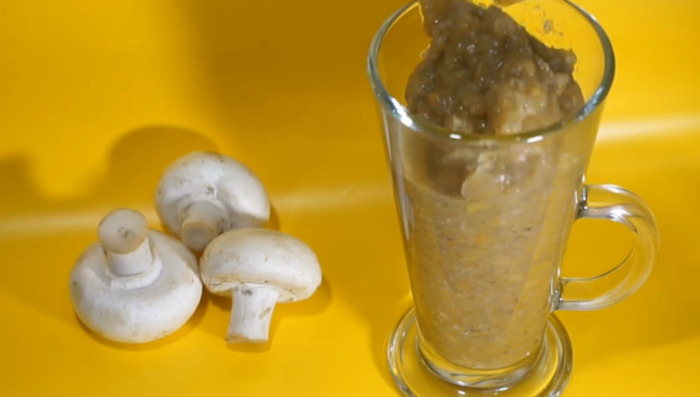What is Wheat grass?
Wheatgrass is a powerhouse of nutrition that has gained popularity for its remarkable health benefits. It’s the young grass of the wheat plant, Triticum aestivum, and is packed with essential vitamins, minerals, and enzymes.
Rich in chlorophyll, wheatgrass is known for its detoxifying properties, helping to cleanse the body and eliminate toxins. It’s a concentrated source of nutrients, including vitamins A, C, and E, as well as iron, magnesium, and calcium. This nutritional profile makes it a great addition to a healthy diet.
Wheatgrass is often consumed in the form of fresh juice, where its nutrients are easily absorbed by the body. This natural elixir can boost your immune system, improve digestion, and even provide a natural energy kick.
Incorporating wheatgrass into your daily routine can be a simple yet effective way to enhance your overall well-being. Whether you choose to grow it at home or purchase wheatgrass products, the benefits of this green superfood are hard to ignore.So, what is wheatgrass? It’s nature’s gift to your health, offering a wealth of nutrients in a small, vibrant package.
How to make wheatgrass juice?
Ingredients:
When it comes to making wheatgrass juice, simplicity is key. Here are the essential ingredients you’ll need:
- Fresh wheatgrass: The star of the show, packed with nutrients.
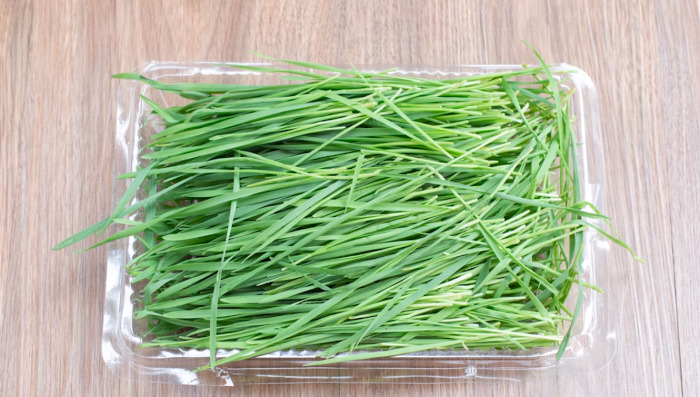
- Water: To help extract the goodness from the wheatgrass.
That’s it! Just these two ingredients are all you need to prepare a refreshing glass of wheatgrass juice.No need for elaborate lists here; wheatgrass juice is all about keeping it pure and simple.
Equipment:
To make wheatgrass juice, you’ll need some basic equipment to ensure a smooth and nutritious preparation. Here’s what you’ll require:
- A juicer: Specifically, a slow juicer or a manually operated juicer designed for wheatgrass. This equipment helps extract the juice effectively.
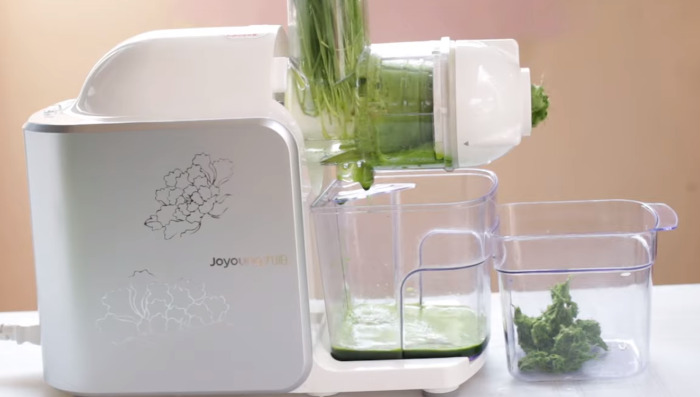
- A tamper: If you’re using a slow juicer, you might need a compatible tamper to push the wheatgrass into the juicer’s auger.
- Containers: You’ll need containers to collect both the juice and the leftover pulp.
- A clean working area: Ensure your kitchen is clean and ready for the juicing process.
These are the essential items to get started with making wheatgrass juice at home. Remember, simplicity is key in this process, and having the right equipment makes it much easier to enjoy the benefits of fresh wheatgrass juice.
Instructions:
Certainly, here are the instructions to make wheatgrass juice:
- Prepare the wheatgrass: Start by washing the wheatgrass thoroughly to remove any impurities.
- Set up your juicer: If you’re using a slow juicer or manually operated juicer, ensure it’s properly set up on a clean surface.
- Load the wheatgrass: Gradually add small bunches of wheatgrass into the juicer’s feed chute.
- Juicing process: Depending on your juicer model, it will slowly press and extract the juice from the wheatgrass. The liquid juice will be collected in one container, while the solid pulp will be separated in another.
- Collect the juice: As a general guideline, 50 grams of wheatgrass typically yields about 35-45 milliliters of wheatgrass juice, but this can vary depending on your juicer model.
- Serve or store: The freshly squeezed wheatgrass juice is best enjoyed immediately. However, you can store it in the refrigerator for a maximum of 24 hours.
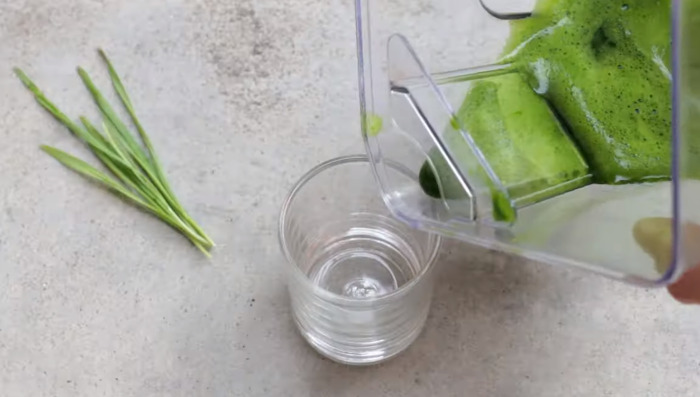
Health benefits of wheatgrass:
Certainly, here are the health benefits of wheatgrass:
- Nutrient-Rich Superfood: Wheatgrass is a nutrient powerhouse, packed with vitamins, minerals, and antioxidants, making it an excellent addition to a healthy diet.
- Weight Management: It can support weight management efforts by providing essential nutrients with low-calorie content.
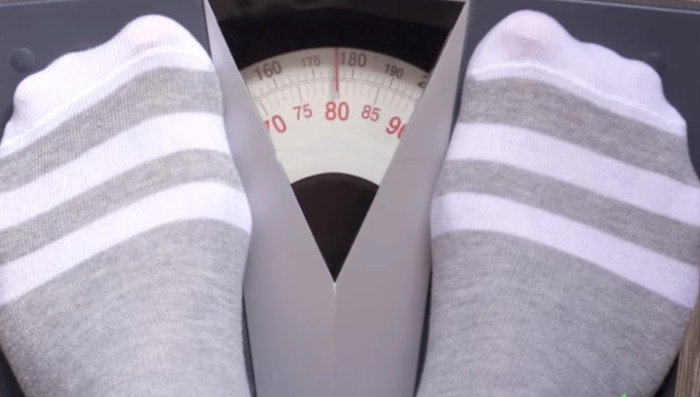
- Increased Energy: Regular consumption of wheatgrass may provide a natural energy boost.
- Detoxification: It helps in detoxifying the body by supporting the liver and aiding in the removal of toxins.
- Immune Booster: Wheatgrass can boost the immune system, helping the body defend against illnesses.
- Alkalizing Properties: It has alkalizing effects, which can help balance the body’s pH levels and reduce acidity.
- Digestive Aid: Wheatgrass contains enzymes that can aid digestion and promote a healthy gut.
- Anti-Inflammatory: Its anti-inflammatory properties may help reduce inflammation in the body.
- Improved Skin Health: Some people find that wheatgrass can improve skin conditions like acne and eczema.
- Blood Health: Wheatgrass may contribute to better blood health by promoting healthy circulation.
What are the ways to consume wheatgrass?
Certainly, here are the ways to consume wheatgrass:
- Fresh Wheatgrass Juice: This is the most common and nutritious way to consume wheatgrass. You can extract juice from fresh wheatgrass using a slow juicer or manually operated juicer.
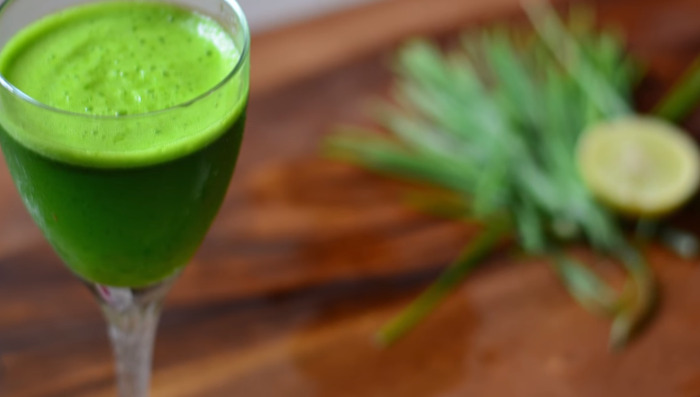
- Wheatgrass Powder: If you don’t have access to fresh wheatgrass, you can opt for wheatgrass powder. Mix it with water or your favorite beverage. However, the taste is different from fresh juice.
- Wheatgrass Shots: Some juice bars offer wheatgrass shots, which are small concentrated servings of wheatgrass juice.
- Smoothies: You can add fresh or powdered wheatgrass to your smoothies for an extra nutritional boost.
- Wheatgrass Capsules or Tablets: These are convenient options for those who dislike the taste of wheatgrass. They provide the benefits without the need to drink the juice.
- Wheatgrass Tea: Wheatgrass can be infused in hot water to make a tea. It’s a milder option compared to the juice.
- Wheatgrass in Salads: Chopped fresh wheatgrass can be sprinkled over salads for a crunchy, nutritious addition.
- Wheatgrass Supplements: There are various wheatgrass supplements available in the form of capsules, tablets, or powders. These are easy to incorporate into your daily routine.
- Wheatgrass Popsicles: You can get creative and freeze wheatgrass juice into popsicle molds for a refreshing treat.
Expert Tips:
- Start Slowly: If you’re new to wheatgrass, start with small amounts to allow your body to adjust. A shot or a small amount in a smoothie is a good way to begin.
- Morning Routine: Many people prefer to consume wheatgrass in the morning on an empty stomach to maximize its benefits.
- Quality Matters: Whether you’re buying fresh wheatgrass or powder, opt for high-quality, organic products to ensure you get the most nutrients.
- Stay Hydrated: Wheatgrass can have detoxifying effects, so it’s important to drink plenty of water throughout the day.
- Variety: Don’t be afraid to get creative with wheatgrass. Mix it with other juices, fruits, or vegetables to create unique flavor combinations.
The Bottom Line:
In conclusion, wheatgrass is a powerhouse of nutrients that can be a valuable addition to your daily routine. Its impressive health benefits, including detoxification, improved digestion, and enhanced immunity, make it a popular choice for health-conscious individuals. Consuming wheatgrass is easy, whether you prefer it as a shot, in a smoothie, or in combination with other ingredients like fruits and vegetables.
When making wheatgrass juice, it’s important to use high-quality, organic wheatgrass to ensure you get the maximum benefits. Starting slowly and staying hydrated can help your body adjust to this superfood. Additionally, there are various creative ways to enjoy wheatgrass, from mixing it with citrus fruits for a zesty flavor to adding a slice of ginger for a spicy kick.
Incorporating wheatgrass into your diet can contribute to your overall well-being. So, why not give it a try and explore the diverse ways you can enjoy the goodness of wheatgrass while reaping its health rewards?
FAQs:
What does fresh wheatgrass juice taste like?
Fresh wheatgrass juice has a unique taste that’s often described as earthy and slightly bitter, with grassy undertones. It’s like taking a sip of vibrant green goodness. The flavor can vary slightly depending on factors like the growing conditions and the age of the wheatgrass. Some may find it an acquired taste, but the health benefits it offers make it a popular choice. When combined with other ingredients like fruits and ginger, you can create a more pleasant and enjoyable flavor profile. So, while it may not be your typical juice, the nutritional value makes it worth trying.
Does fresh wheatgrass juice or fresh wheatgrass contain gluten?
Fresh wheatgrass juice and fresh wheatgrass are naturally gluten-free. Gluten is a protein found in wheat, barley, and rye, but it is not present in the grass itself. However, cross-contamination can be a concern if the wheatgrass is grown near gluten-containing crops or processed in facilities handling gluten. To ensure a gluten-free product, it’s important to buy wheatgrass from reputable sources that follow strict gluten-free protocols. This makes fresh wheatgrass juice a safe choice for individuals with gluten sensitivities or celiac disease, but always check labels and sources for peace of mind.
Related Read: Health Benefits And Recipe Of Genmaicha Green Tea Juice!


